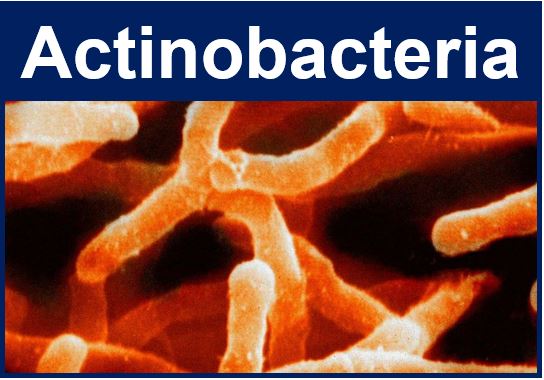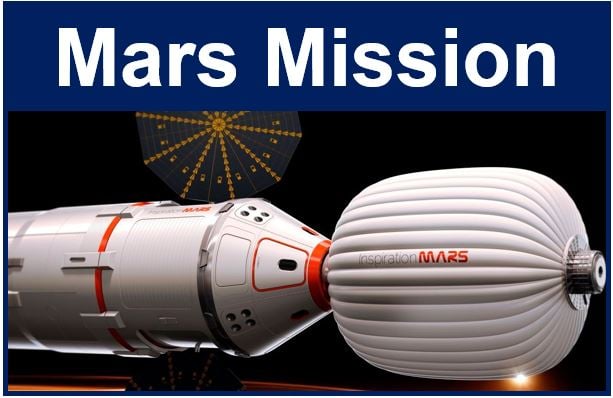Astronauts in the International Space Station (ISS) share their habitat with trillions of germs – fungus and bacteria that make up the space station’s microbiome. Scientists wrote in the journal Microbiome that ISS has more germs than the cleanrooms at the Jet Propulsion Laboratory (JPL) on Earth.
The ‘microbiome’ refers to all the microorganisms present in a particular environment.
More worrying perhaps, JPL researchers added, was the detection of some microbial strains in the space station that could potentially harm human health. However, after DNA analysis, they stressed they could not compellingly determine whether these bacteria are harmful to astronaut health.
America’s NASA, Russian’s Roscosmos, Japan’s JAXA, the European Space Agency (ESA), and the Canadian Space Agency (CSA) have been monitoring the collection of microorganisms that live on the ISS for 15 years. Their scientists grew the samples in the lab both on Earth and in space to determine what strains of fungus or bacteria could be detected.
 Actinobacteria levels were higher in the space station than in JPL’s clean room. (Image: Wikipedia)
Actinobacteria levels were higher in the space station than in JPL’s clean room. (Image: Wikipedia)
Getting an accurate idea of ISS’ microbiome composition is not easy. Some microbes are harder to grow in the lab and could have been underrepresented in previous studies.
Microbiome in long-term manned space missions
With NASA aiming to send astronauts to Mars, i.e. long-term manned missions, it wants to find out what kind of microscopic community humans might inadvertently be taking along with them.
In this latest study, the researchers used state-of-the-art molecular analysis to explore ISS’ microbial environment. They compared their results to the bacteria found in the thoroughly cleaned environments on Earth – the JPL clean rooms.
After examining samples from a vacuum dust bag and an air filter from the space station, the scientists detected opportunistic bacterial pathogens that are mostly harmless on Earth, but may lead to infections that result in skin irritations and inflammations.
Corynebacterium and Propionibacterium (Actinobacteria), a skin-associated bacterium, was found to be more abundant on ISS than in Earth-based clean rooms, but not Staphylococcus.
 Scientists need to know what the microbiome might be like on long-term space missions. (Image: www.space.com)
Scientists need to know what the microbiome might be like on long-term space missions. (Image: www.space.com)
Important to assess potential equipment and human damage
Study leader, Kasthuri Venkateswaran, first author Aleksandra Checinska, and co-author Parag Vaishampayan, wrote:
“Studying the microbial community on the space station helps us better understand the bacteria present there, so that we can identify species that could potentially damage equipment or pose harms to astronaut health. It also helps us identify areas that need more rigorous cleaning.”
JPL says this study’s findings will help establish a baseline for monitoring hygiene in the space station, which in turn will help protect astronaut health in the future.
The space station’s environment is unlike any on Earth. Its features include space radiation, microgravity, higher CO2 levels, and a constant human presence (there are always six people in ISS).
Regarding the latest DNA sequencing technologies used in this study, Venkateswaran said:
“Deep sequencing allows us to get a closer look at the microbial population than with traditional methods.”
The scientists analyzed the samples for microbes, and then stained their cells with a dye to determine whether they were alive. This allowed them to measure the diversity and size of viable fungal and bacterial populations, and determine how closely conditions in the space station environment compare with those in the Earth clean rooms.
They suggest that the higher Actinobacteria levels found in the space station may be due to more stringent cleaning regimes possible in the Earth clean rooms. The JPL wrote on its website that “The research did not address the virulence of these pathogens in closed environments or the risk of skin infection to astronauts.”
Using these latest DNA sequencing technologies, Venkateswaran and colleagues say they will be able to study how microgravity affects these microbes. Most biologists believe that microgravity is not favorable to bacterial survival, but a minority can withstand it and may become more virulent.
In an Abstract in the journal, the authors concluded:
“This information can be used to identify sites that can be targeted for more stringent cleaning. Finally, the results will allow comparisons with other built sites and facilitate future improvements on the ISS that will ensure astronaut health.”
Citation: “Microbiomes of the dust particles collected from the International Space Station and Spacecraft Assembly Facilities,” Aleksandra Checinska, Alexander J. Probst, Parag Vaishampayan, James R. White, Deepika Kumar, Victor G. Stepanov, George E. Fox, Henrik R. Nilsson, Duane L. Pierson, Jay Perry and Kasthuri Venkateswaran. Microbiome. Published 27 October, 2015. DOI:10.1186/s40168-015-0116-3.
